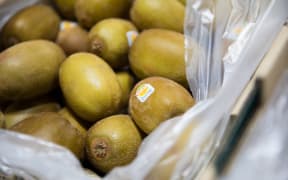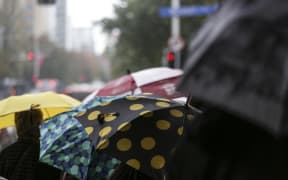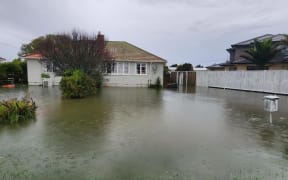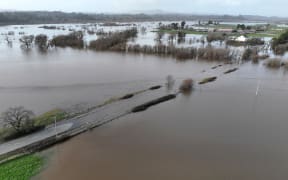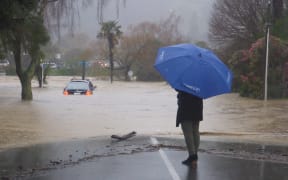
Some kiwifruit growers are worried the warm winter weather may not provide enough winter-chill hours to set the blossoms for a good harvest. Photo: 123rf.com
Bay of Plenty kiwifruit growers are staring down the barrel of another difficult growing season.
The recurrence of a warm winter poses yet another obstacle for growers whose fruit contributes to New Zealand's largest horticultural export crop.
NIWA records showed June temperatures were on average 1.4 degrees higher than normal, which so far made it one of the warmest winters in 110 years.
Bay of Plenty-based Fruition Horticulture consultant Sandy Scarrow said the winter was one of the warmest she could remember, which meant the vines were not getting the required winter chilling.
She said last year the region's kiwifruit had a poor flowering because of the warm temperatures, and this year the lack of chilling had been even worse.
Scarrow said that potentially meant orchards would once again find fewer flowers were set on the canes and it had a flow-on effect throughout the season.
"We'll just have fewer flowers. If I give you an example from our orchard, typically we get 1.6 flowers per winter bud which is the key indicator of how effective the winter chill and other things you've done over winter, have been. And last year we got 1.2 flowers per winter bud, so that was a 25 percent decrease in your yield right from the start.
"It also impacts on the date of bud burst. Bud burst is likely to be later, so that condenses the whole season. I've been lying awake worrying about it. We saw the impact of what happened last year, and this year growers are tying in much more winter wood so there are much more winter buds to produce those flowers, but again, that has an impact."
Scarrow said it meant the canopy would be denser and could impact on fruit quality.
She said western Bay of Plenty around the Katikati area had been particularly warm, with more eastern parts around Te Puke and Paengaroa getting some lower temperatures, but the lack of winter chill was felt region wide.
Figures from kiwifruit marketer Zespri showed the 2023 crop harvested in Autumn was well down on past seasons because of a range of extreme weather events, including the warm winter, last frost, hail and Cyclone Gabrielle.
It expected to export about 136 million trays, a 20 percent drop on number of trays in 2022.
New Zealand Kiwifruit Growers Incorporated chief executive Colin Bond said he was deeply concerned about the insufficient winter chilling, echoing the anxieties shared by fellow growers he had communicated with.
But he said if there was a cold snap in the next two weeks it should provide the winter-chill hours in time to improve flower set.
Further south in rain sodden and cloud covered Hawke's Bay there was a silver lining to the conditions.
AgFirst Horticulture consultant Jonathan Brookes said such days were more preferred than cracking frosts.
"It's interesting that a lot of people think about winter chilling and think about the fantastic winter days where there's a big frost and a beautiful sunny day afterwards, but what actually ends up working best for winter chilling is low temperatures below 10 degrees, but above zero," Brookes said.
"So from a winter chill point of view, these horrible claggy wet days and nights that we've been having are actually adding to the winter chill".
Pip and stone fruit growers in the South Island said their winter had provided enough winter-chill hours for their crops and there should be good flower numbers in spring.
